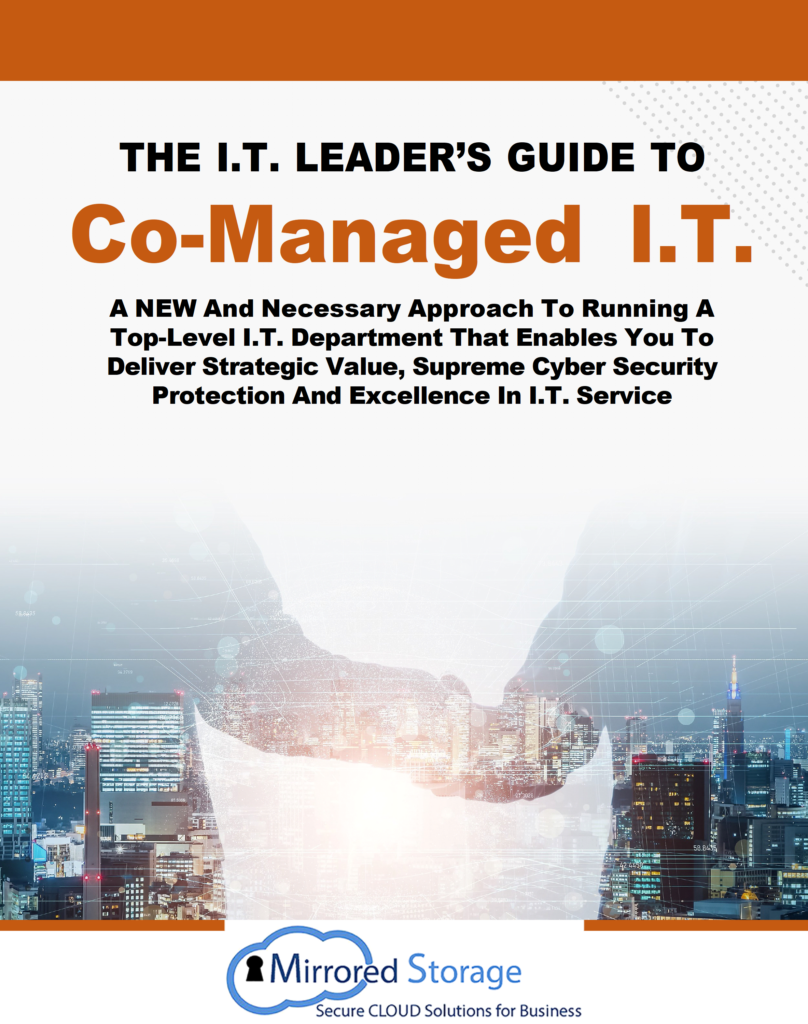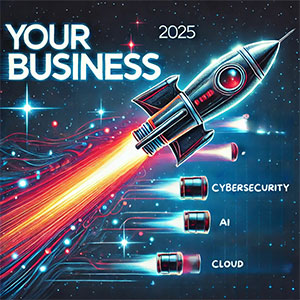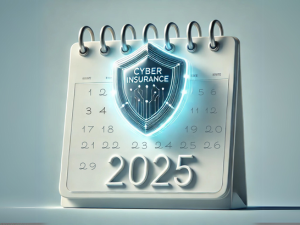When it comes to IT support, many businesses settle for “good enough,” assuming it’s all they need. But what if your current IT provider or in-house team is actually holding your business back?
Co-managed IT services offer a collaborative approach that combines the strengths of your internal team with the expertise of a professional IT partner. If any of these signs resonate, it might be time to consider co-managed IT to fill the gaps and supercharge your IT strategy.
1. IT Emergencies Take Too Long to Resolve
When critical systems fail or a cybersecurity breach occurs, time is of the essence. If your IT team or provider isn’t available to resolve issues quickly, it’s time to enhance your support. Co-managed IT offers 24/7 monitoring and rapid response to minimize downtime and keep your business running.
2. Your IT Team is Overwhelmed
Internal IT teams often wear too many hats, leaving little time for proactive improvements. Co-managed IT takes the pressure off by handling tasks like system monitoring, patch management, and troubleshooting, allowing your team to focus on strategic initiatives.
3. Cybersecurity Isn’t a Strength
Cybersecurity requires constant attention and expertise. If your team struggles to keep up with the latest threats, co-managed IT can fill the gap with:
- Advanced threat monitoring.
- Ransomware protection.
- Comprehensive data backup solutions.
A strong co-managed IT partner brings the tools and expertise needed to keep your business safe.
4. Support is Slow or Inconsistent
Does your current setup leave employees waiting for help? If issues linger unresolved or your ticketing system is inefficient, a co-managed IT approach can streamline support. With access to a dedicated IT partner, your team gets the consistent, reliable assistance they need.
5. You’re Not Getting Clear Reporting or Billing
IT budgets shouldn’t be a guessing game. Co-managed IT services provide transparent reporting on system performance, project timelines, and costs, so you always know what you’re paying for and why.
6. Backups Aren’t Being Tested
Backups are only useful if they work when you need them. Regular testing is essential to ensure data can be recovered in a disaster. Co-managed IT ensures that backups are tested routinely, giving you peace of mind that your data is protected.
7. IT Projects Are Always Delayed
If IT projects consistently miss deadlines or go over budget, it’s a sign your current team may need additional resources. Co-managed IT provides extra manpower and expertise to ensure projects are completed on time and within budget.
How Co-Managed IT Can Transform Your Business
Co-managed IT is more than just outsourcing—it’s a partnership. By combining your in-house team’s knowledge with the expertise of a trusted IT provider, you gain:
- Proactive monitoring and issue resolution.
- Advanced cybersecurity solutions.
- Streamlined operations and improved productivity.
With co-managed IT, your business can scale its IT capabilities without the need to hire and train additional staff.
Let’s Get Started
Is your IT support falling short? Whether you need to augment your internal team or add proactive IT management, we’re here to help.
📞 Call us at 214-550-0550 or Book a FREE Network Assessment today. Let’s work together to build a smarter, more secure IT environment for your business.
Stop settling for “good enough.” See what co-managed IT can do for your organization.














